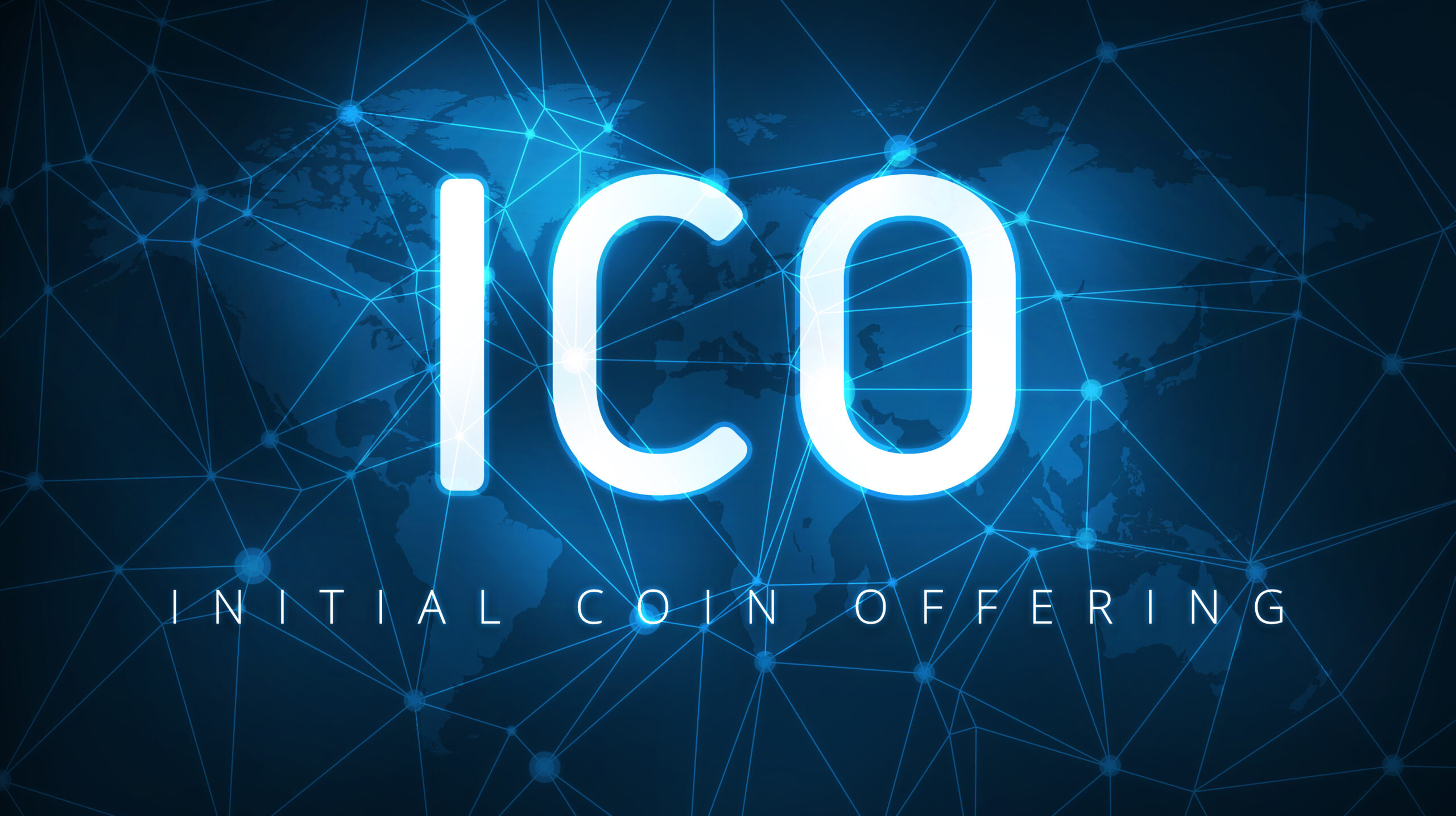For fear of missing out (FOMO), crypto investors are constantly regenerating their appetites for opportunities in the space. Unfortunately, scammers are like roaring lions searching for who to prey.
They take advantage of the vulnerability of investors and masquerade a project as a highly speculative cryptocurrency. Investors, so as not to miss out, fall prey to this well-presented fraudulent crypto or ICOs by investing in them.
Do you remember John? If you don’t, see what happened to John by reading here.
Fortunately, the experience took John on learning to become a better crypto trader, and he learned the precautions for keeping his wallet secure. Well, he started well, but this time the hard way.
After that, John became more serious about taking necessary precautions and would have dared not to be prey to malicious tendencies in the crypto space.
He started moving slowly and carefully. He was very observant and learning, at the same time investing. I mean, once bitten, twice shy. He wouldn’t want to be preyed upon again.
This is what we must all keep in mind.
John started making much money by investing in many crypto tokens and ICOs. At a point, every project seemed to him a real one, he was involved in too many, and he missed out on some highly speculative tokens and ICOs.
The scammers found the vulnerability in John and decided to prey on the great John, who was bent on not being prey to Crypto and ICOs scams. But John, at the same time, won’t want to miss out, so he was eventually scammed. He invested in a particular Crypto token and lost a substantial amount of his funds.
The weary John decided to pursue yet again. He started researching common trends amidst the crypto tokens and ICOs that became scams. Then his eyes were opened, and without thinking, he could smell danger in fraudulent crypto tokens and ICOs before investing in them. John, from experience, the best teacher, has mastered his way into identifying crypto scams and ICOs.
You don’t have to go the hard way John went. He has decided to help and will share his technical know-how in simple words here. By the time you are done reading, you’d be as good as John at identifying crypto scams and ICOs.
Let’s start with basic stuff on ICOs.
Table of Contents
What is an ICO?

What is an ICO?
ICO is an acronym for Initial Coin Offerings. They are the newly adopted fundraising method for blockchain startups. When conducting an initial coin offering (ICO), a blockchain-based firm creates a specific number of its native digital token.
Then, it sells them to early investors, typically in exchange for other cryptocurrencies like bitcoin or ethereum.
Many people have been interested in the ICO market, including traders like John, searching for easy money with few restrictions. Once the tokens are posted on an exchange, the early investors profit by selling them. Alternatively, investors can increase their bet on the project by buying extra tokens when they go on sale.
In 2014, Ethereum’s ICO raised $15.5 million, making it one of the first successful examples of this relatively new fundraising tool, according to a Coindesk report. On May 12, 2021, ETH, initially sold in 50 million lots for $0.311 each, reached an all-time high of $4,382.73, giving investors a 1,408,903% return on their investment. It is currently one of the most valued cryptocurrencies, and because of its technology, a whole ecosystem of decentralized applications (DAPPs) has been allowed to flourish.
Now that we have a big idea of what ICOs are and are big on tokens, let’s find out how John was able to outsmart phishing scams.
How to Identify ICO Scams?
More than $600 million in funds were reportedly given to ICOs in 2018, but the projects’ developers vanished without a trace. One of the biggest ICO scam incidents occurred this year.
To win the hearts of numerous investors, the con artists arrive with various incendiary ploys and strategies. Now that John is smarter, he developed consistent methods for all cryptocurrency scams. If noticed, you withdraw and flee.
-
Get to know the creators
The best form of protection is to properly investigate each project team member before making any investments. This is essential because the administrative team and developers are the key components of any ICO’s success.
View their accounts on sites like LinkedIn and other social media channels. Before deciding whether the team is genuine, it is vital to make an effort to see how their credentials line up.
Look to observe if their activities corresponds with the number of fans and followers they amass. People have hundreds of followers, but little interaction with them may not be real. Check to see if the development team possesses the knowledge they claim to have.
Read Also: Top 10 Interesting Myths About Cryptocurrency
-
Read whitepaper
Read through the project’s whitepaper to have a deeper understanding of everything to prevent ICO fraud. For every blockchain-related project, the whitepaper lays out the background, objectives, strategy, concerns, financial models, SWOT analysis, and implementation schedule; as a result, businesses that don’t give whitepapers should avoid costs.
The US Securities and Exchange Commissions were able to thwart a fast-moving Initial Coin Offering (ICO) fraud that had amassed up to $15 million from thousands of investors by fraudulently promising a 13-fold profit in less than a month, according to a news statement they issued.
However, this project’s well-written white paper raises the potential that a cryptocurrency scam might also have one.
In any case, a white paper responds to all the inquiries a prospective investor would have regarding what distinguishes this particular project from its rivals, how it plans to succeed, and the steps it will take to realize its objectives.
You will be able to spot cryptocurrency fraud easily after carefully reading it and considering all of the other elements listed.
Read Also: How to Secure Your Crypto Wallet
-
How realistic are their promises?
ICOs and cryptocurrencies with the best odds of success—although this may seem obvious—are those having the fundamentals to outlast their rivals. Even highly publicized launches have fizzled once early excitement waned in them. Therefore, your best chance of making a profitable investment depends on the company having realistic goals.
Consider the promises made by any ICO team before deciding to go with them. If everything looks good, you can begin investing, but it probably is if something doesn’t feel right about an ICO. After listening to your instinct, determine whether or not to invest.
-
Tread lightly and with caution
Spend time carefully examining every aspect, and consider that omitting a key component might be an attempt to conceal a flawed model or notion.
Before investing in any project, check with independent sources to ensure its credibility. Always ask questions for which you cannot already find the answers.
The cryptocurrency and ICO spaces present enormous opportunities for investors who have done their research and can make wise investment decisions.
They also contain traps, which can result in big sums of money being lost due to fraud, scams, or even legitimate businesses that are just ill-conceived and unlikely to succeed.
Conclusion
You can tell that John did a great job with his research and analysis. You will be safe and avoid falling victim to roaring lions if you choose to test all of his insights relating to cryptocurrency scams.
Be sympathetic enough and resist getting too psyched up about initiatives that seem unrealistic. Make sure you’re on the right track by conducting your research (DYOR).
If you eventually fall victim, which you shouldn’t if you carefully read this text, pick up the baton and proceed. “We all going to make it” WAGMI is the adage that also applies to this area.
You can connect with us directly on Whatsapp. We promise it will be a great conversation. You can also follow us on Twitter to get our weekly tips on technology and others.
About Author
- I am David, a blockchain writer, and enthusiast. I am a content creator for blockchain and emerging tech. I work as a freelance content/copywriter and content strategist for blockchain, Web3, and NFT brands.
Latest entries
 TechnologyNovember 10, 2022What Are Governance Tokens, and Why Do They Matter?
TechnologyNovember 10, 2022What Are Governance Tokens, and Why Do They Matter? TechnologyOctober 25, 2022What is an ICO? How to Recognize ICO Scams
TechnologyOctober 25, 2022What is an ICO? How to Recognize ICO Scams TechnologySeptember 30, 2022What is DeFi, and Its Application to Banking?
TechnologySeptember 30, 2022What is DeFi, and Its Application to Banking? TechnologySeptember 12, 2022What is NFT Art, and Why Is It Popular?
TechnologySeptember 12, 2022What is NFT Art, and Why Is It Popular?

